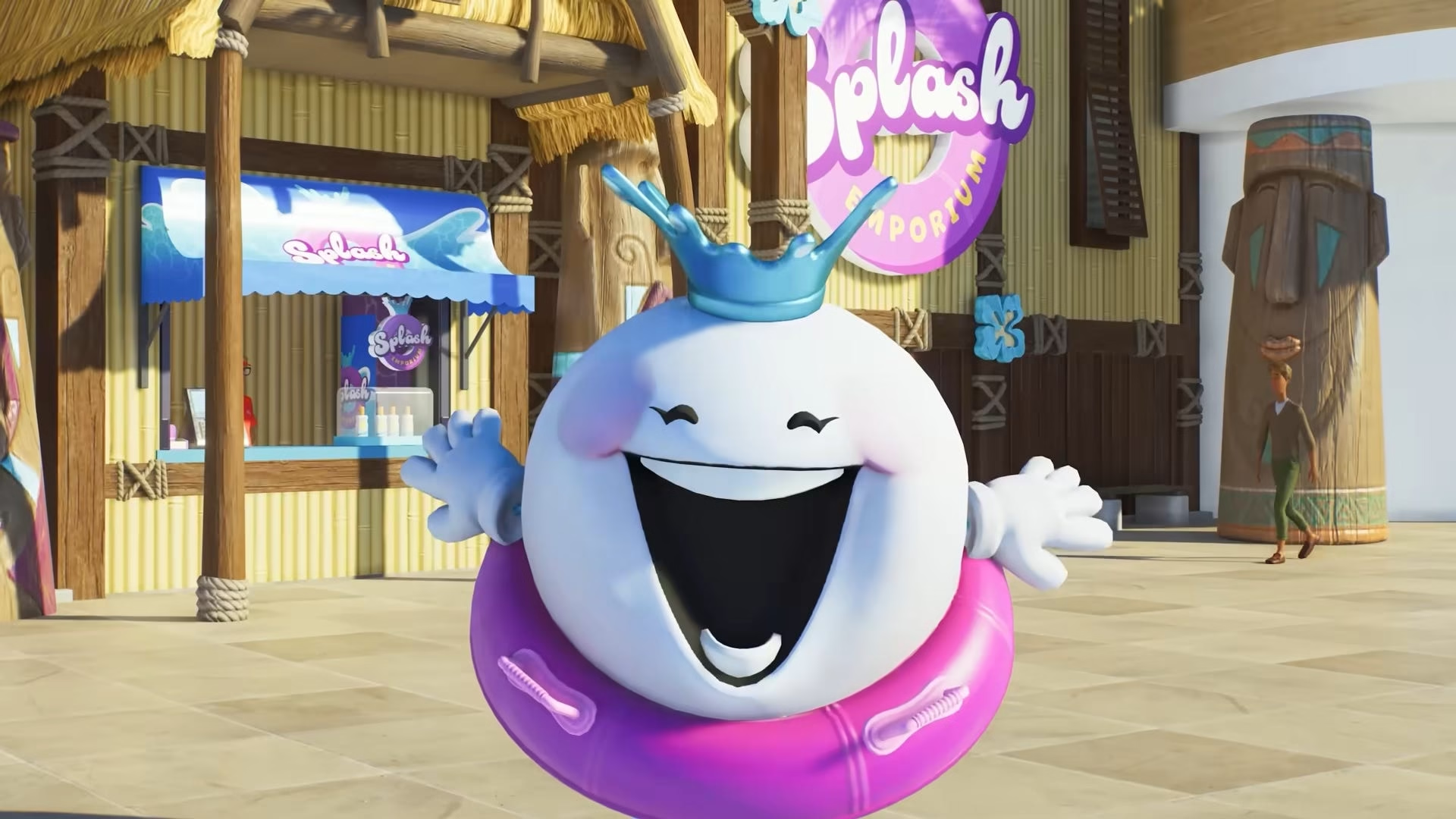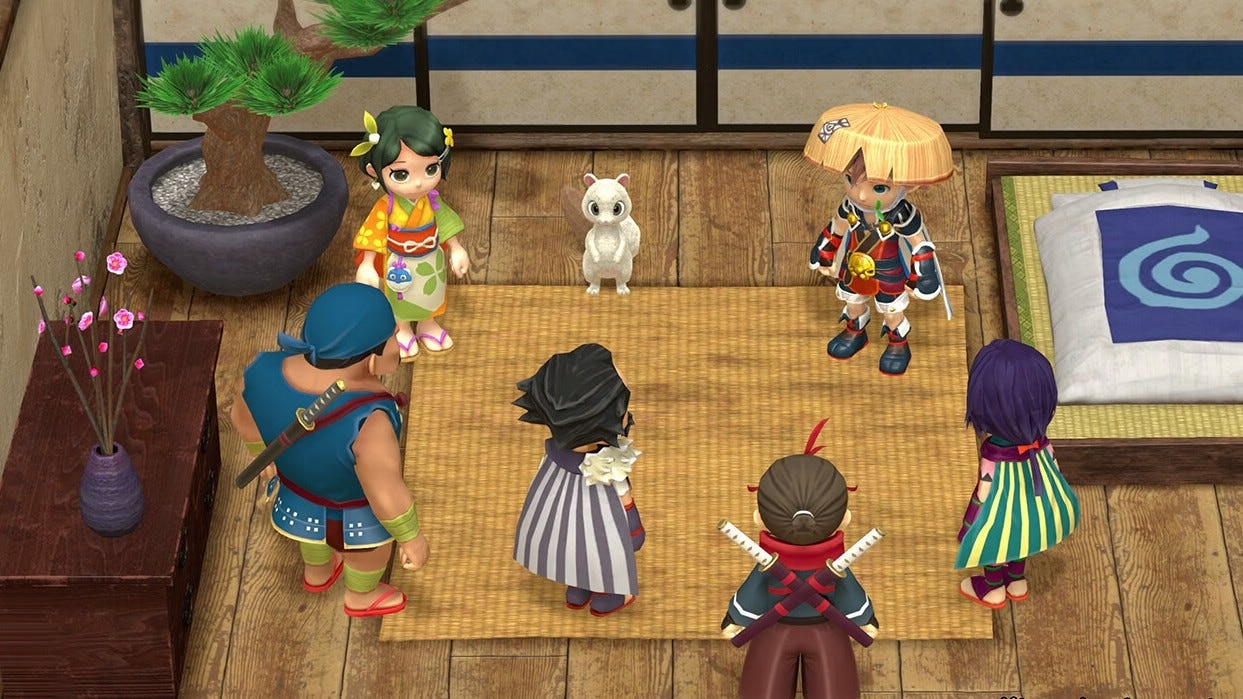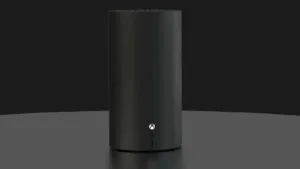Retro Review: Sonic the Hedgehog (1991)
Estimated reading time: 6 minutes
When Sega introduced Sonic the Hedgehog in 1991, it wasn’t just another platformer—it was a bold statement. Sega had set its sights on challenging Nintendo’s Mario, and Sonic was their answer: a mascot with attitude, a blistering sense of speed, and a vibrant world that would define the early ’90s gaming culture. The result was a game that wasn’t just about running and jumping but about rethinking how fast-paced action could be woven into the core of the platformer genre.
Gameplay & Controls
At its heart, Sonic the Hedgehog stands apart from the slower, more methodical platformers of its era by building its foundation on speed and fluidity. The game’s controls are intuitive: Sonic can run, jump, and roll into a ball, allowing players to take advantage of downhill slopes and loops. There’s a delicate balance between simply racing to the end of the stage and skillfully navigating the obstacles, pits, and enemies. Mastering Sonic’s movement is key to fully appreciating the game’s nuanced level design.
Green Hill Zone, the game’s opening level, quickly introduces players to Sonic’s physics and momentum-based mechanics. As you zoom through this bright, tropical landscape, you’ll immediately notice the difference from other games of the time. The level is filled with iconic elements like palm trees, checkerboard terrain, and loop-de-loops that reward momentum, but there’s also a secondary layer of exploration for those who choose to slow down and search for hidden paths or collect rings.
Later zones, such as Marble Zone, significantly shift the pacing. Here, Sonic is forced to slow down and focus on more traditional platforming elements—dodging lava flows, pushing blocks, and dealing with enemies. This change in pace might initially frustrate players expecting a non-stop thrill ride, but it showcases Sega’s intent to create more than a one-note experience.
As you progress to levels like the Spring Yard Zone and the labyrinthine Labyrinth Zone, the game continues to toy with the balance between speed and precision. The latter is especially notorious for testing players’ patience, as Sonic must carefully navigate underwater sections, a stark contrast to the earlier fast-paced environments. The air bubbles mechanic adds a tension rarely seen in platformers of the time, as Sonic can drown if not careful, forcing players to manage their movements with greater care.
Graphics & Presentation
The visual design of Sonic the Hedgehog is another aspect that immediately set it apart from its competitors. On the 16-bit Genesis, the game was a feast for the eyes. Green Hill Zone is instantly recognizable with its bright colors and checkerboard-patterned hills, but every zone has its own distinctive atmosphere. Marble Zone’s ancient ruins and underground sections, Star Light Zone’s futuristic cityscapes at night, and the dystopian Scrap Brain Zone showcase a range of moods, each with its unique palette and details.
Sonic himself is animated fluidly, with little touches—such as his impatient foot-tapping if left idle—giving the character a sense of personality that was rare for the era. The way Sonic tears through the levels, his legs becoming a blur of speed, was an iconic visual effect that amplified the game’s central selling point: fast-paced action.
The game’s backgrounds, while often static, are meticulously crafted to give each area a sense of place. Whether it’s the waterfalls cascading in the distance in Green Hill Zone or the ominous mechanical gears churning in Scrap Brain Zone, every environment feels deliberate and alive.
Sound & Music
One of the standout features of Sonic the Hedgehog is its soundtrack, composed by Masato Nakamura. The music is as fast-paced and dynamic as the gameplay, yet it also manages to reflect the mood of each zone. Green Hill Zone’s upbeat and adventurous theme has become one of the most recognizable tracks in video game history, setting the tone for the adventure. Marble Zone’s theme, on the other hand, is slower and more contemplative, matching the more methodical platforming of the stage.
The sound effects, from the satisfying chime of collecting rings to the more urgent “blub” sound that cues the need for an air bubble in underwater sections, are minimal but effective. Sonic’s jump and spin sound effects are subtle yet distinct, reinforcing the tactile nature of the controls.
Difficulty & Replayability
While Sonic the Hedgehog is often remembered for its speed, the game is just as much about timing and precision. The early zones—Green Hill, Marble, and Spring Yard—are relatively easy to navigate for players focused on simply reaching the end, but the challenge ramps up considerably by the time you hit Labyrinth Zone. Here, slower navigation through water-filled areas introduces a layer of tension as Sonic’s limited air supply becomes a constant concern.
The boss battles with Dr. Robotnik, while not overly complex, are memorable in their variety. Each zone ends with a unique confrontation, whether it’s dodging spiked wrecking balls or navigating platforms to avoid flame traps. These encounters, though brief, provide a satisfying sense of closure to each zone.
Replayability is high, especially for completionists. Hidden paths, secret monitors, and special stages encourage multiple playthroughs to discover every nook and cranny. Collecting all six Chaos Emeralds by completing the rotating maze-like special stages adds a layer of challenge, though their execution was still in its early stages compared to later games.
Legacy
More than just a successful game, Sonic the Hedgehog established a brand, a character, and a tone that would carry Sega through the next decade. It wasn’t just about beating Mario; it was about establishing a gaming identity that felt sleek, fast, and modern. Sonic‘s attitude and the overall design philosophy appealed to a generation of gamers looking for something edgier and more dynamic.
This game set the foundation for countless sequels, spin-offs, and an enduring cultural legacy that is still thriving more than 30 years later. The original Sonic remains a touchstone for retro gaming enthusiasts, a reminder of when platformers reached new heights of creativity and energy.
Final Thoughts
Sonic the Hedgehog (1991) is a game that not only defined an era but also pushed the boundaries of what platformers could be. Its mixture of speed and precision, vibrant aesthetics, and iconic soundtrack create an experience that still holds up remarkably well today. While its slower, more methodical levels might clash with the game’s high-speed philosophy, they add depth and variety that make it more than just a race to the finish line.
Rating: 9/10
SEGA® Genesis Classics Game Information
Price: $29.99
Publisher: SEGA of America, Inc.
Developer: D3T Limited
Director(s): Various
Producer(s): Various
Platform: Microsoft XBox One & Series S|X, Nintendo Switch, Sony PlayStation 4 & 5, Steam
Purchase Playstation Store
Purchase Nintendo Online
Purchase Microsoft XBOX Store
Purchase Steam
Listen to the SEGA SOUND TEAM‘s work on Spotify.
Do you have a news tip or wish to contact us directly? You may reach us at hello@robotsoverdinosaurs.net.









